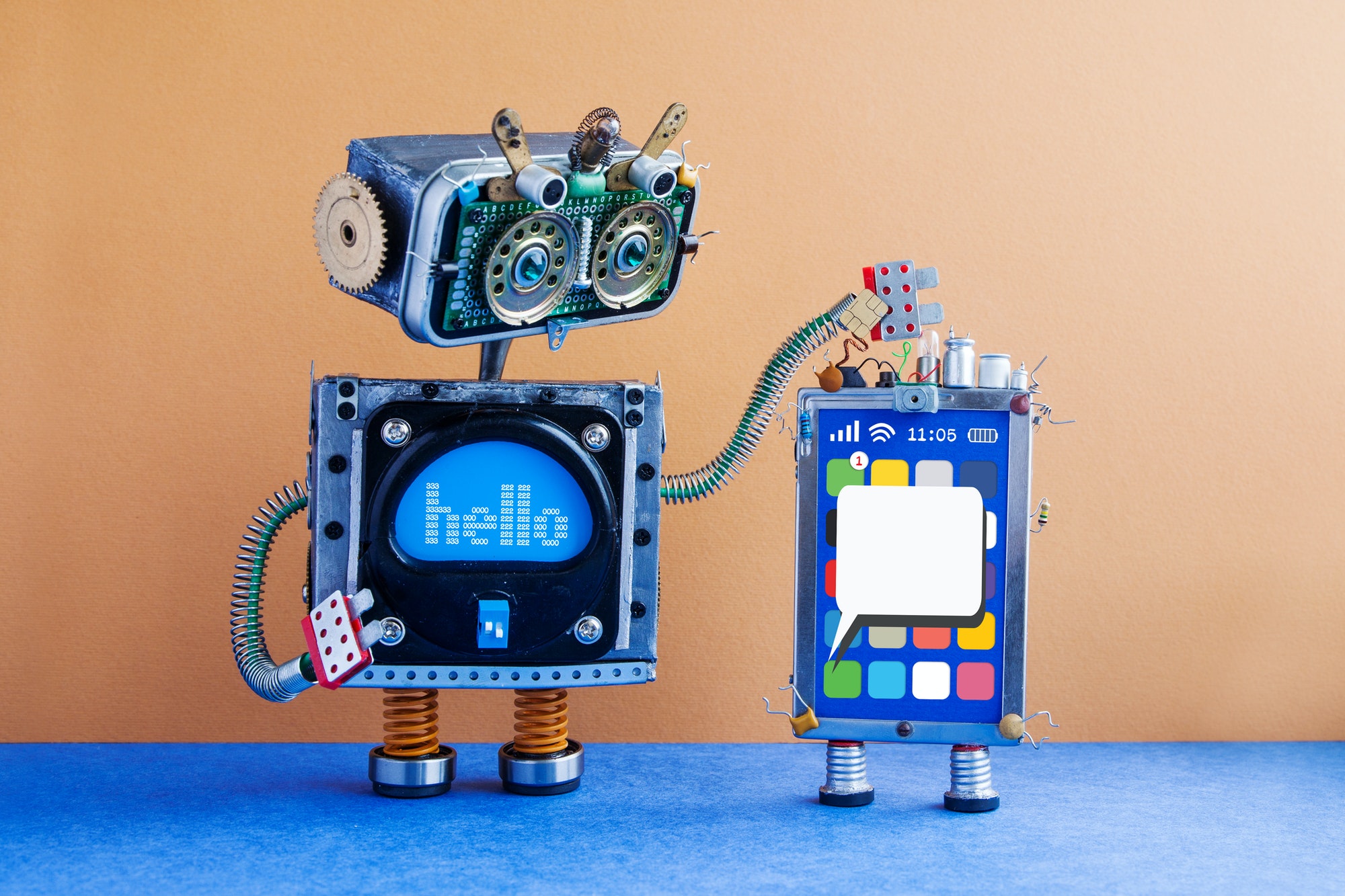The emergence of digital technology is a fundamental component of the information age. From small handheld devices to supercomputers, this technology has revolutionized a wide range of industries. From military operations to the recording of music and movies, it’s a major source of innovation and employment. Here are five major uses of digital technology. All of them are dependent on the Internet. Read on to discover more about this important technology and the ways it’s improving our lives.
Developing your business through digital technologies. Using the Internet has made it possible for you to share ideas, collaborate with other people, and even perform transactions. It has also led to significant openings in product and manufacturing invention. Small to medium-sized companies and organizations with strong digital capabilities are better positioned to take advantage of these new opportunities. Other applications include supply chain organizations, robotics, and responsive production methods. Whether you’re a small business owner or an industry giant, digital technology can make a huge difference to your business.
In 1989, only 15% of U.S. households owned a personal computer. By the end of the decade, more than half of all households with children had a computer. In 1990, the number of households with a personal computer was 15%. By 1999, this figure was nearly 30% for households with children. By 2000, digital technology was commonplace in every household, and cell phones were as popular as personal computers. By the mid-2000s, nearly 30% of all households had a personal computer and nearly half of all households owned a smartphone.
Digital technology makes it easier to share information. Unlike analog records, it is easier to read digital files than print out pages. In addition to being easier to share, digital files can be accessed from anywhere. As digital technology evolved, it paved the way for more efficient business processes. And, it allowed people to track articles, statistics, and minutiae with a few clicks. The potential for digital information is enormous. In short, it’s the future.
Digital technology came about with the development of transistors. The transistor was invented in 1947, laying the groundwork for the modern computer. By the 1960s, many organizations were already using computers. And by the 1970s, the computer was made available for household use. The development of video games and home systems helped the technology grow. With these innovations, a whole new workforce was created. Data entry clerks became necessary as businesses moved to a digital record format. By the 1980s, the demand for digital technology was so great that robots, robotics, and automated teller machines entered the market.
Using digital technology is more convenient than ever. Today, most cameras can take video, and most can even print or email images. Another popular use of digital technology is in the automotive industry. In fact, recent cars now have screens installed in the center of the dashboard. These devices monitor engine functions, manage safety systems, and control other systems. In the future, it’s only a matter of time before these devices will be in every vehicle. This type of technology is already changing our lives and improving the way we live.
